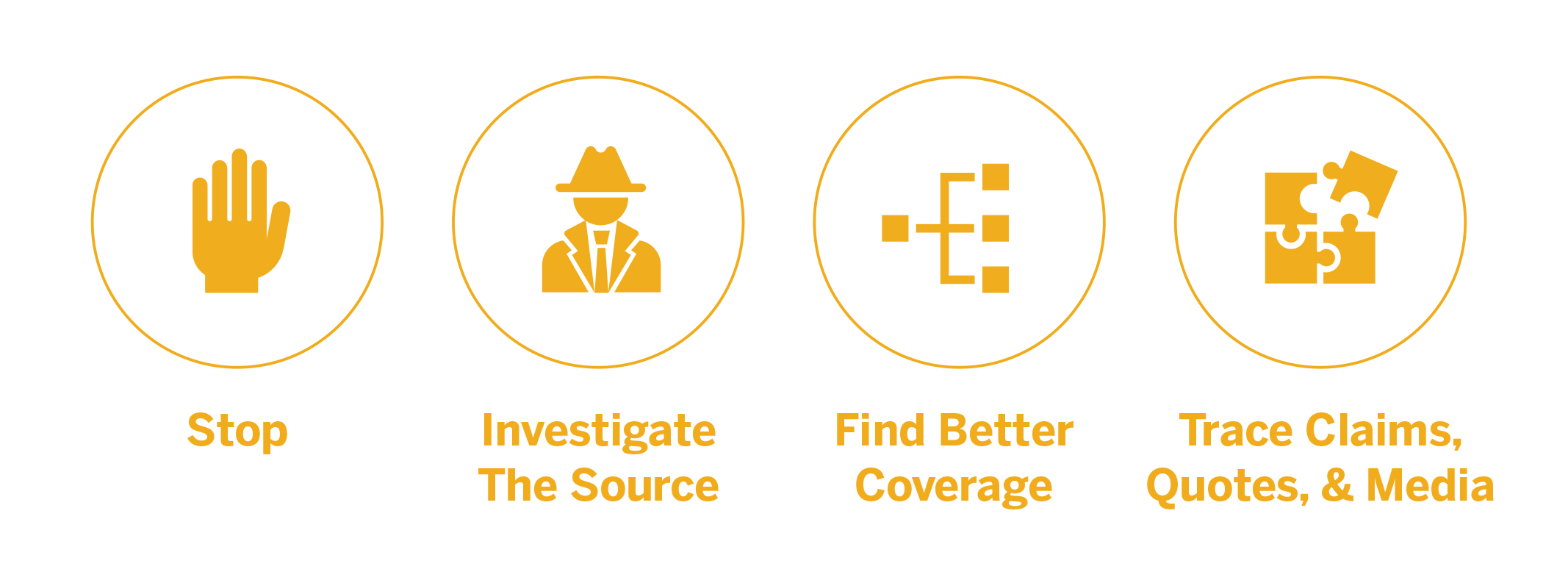
In September 2020, the World Health Organization declared a new public health emergency: an infodemic of misinformation filtering through social networks and media.
Misinformation and its evil twin, disinformation, can be powerful and destructive, especially during outbreaks of infectious disease. The need to act quickly, coupled with fear, can make people vulnerable to dubious advice instead of scientific expertise. But simple tools to separate fact from fiction can help people contain the infodemic. Digital literacy expert Mike Caulfield of Washington State University recommends a method he developed, called SIFT, which takes as few as 30 seconds:
STOP.
If you feel strong emotion, surprise, or an urge to share a news story, stop and do the next steps.
INVESTIGATE THE SOURCE.
Hover your cursor over the link to see the source’s website. Do you trust this source? Is it credible enough to share without any further checking?
FIND BETTER COVERAGE.
If you are unsure of the source’s trustworthiness, do a quick news search. If other reputable outlets are reporting the same story independently, that will increase your confidence in it.
TRACE CLAIMS, QUOTES, AND MEDIA TO THE ORIGINAL CONTEXT.
Read an entire article carefully before sharing or commenting. Check the date to make sure it’s recent. Identify whether the source is a news report or an opinion piece.
Taking the time to develop the habits and skills modeled in SIFT, people can weaken the infodemic and better protect themselves—and others—during the pandemic and other crises.
Credit: Michael Caulfield, Washington State University. https://infodemic.blog/











